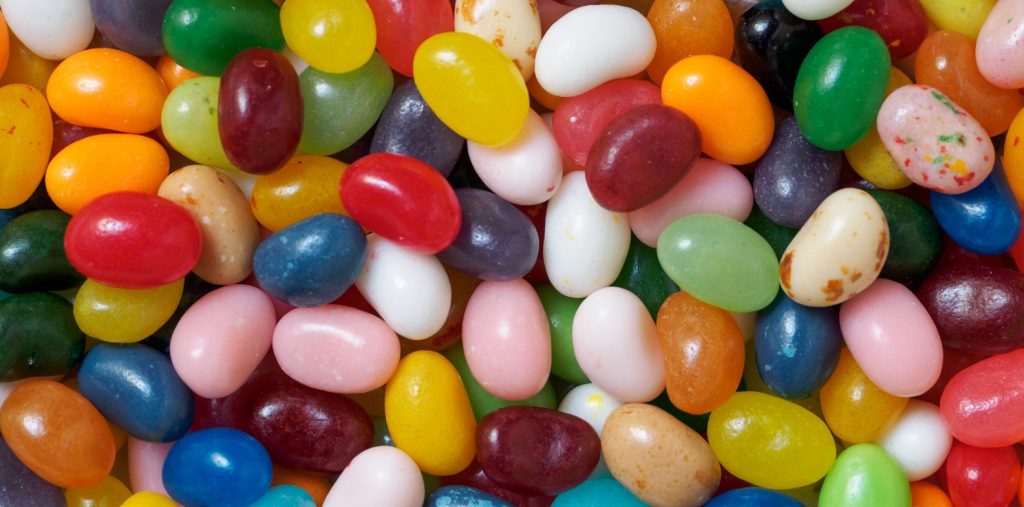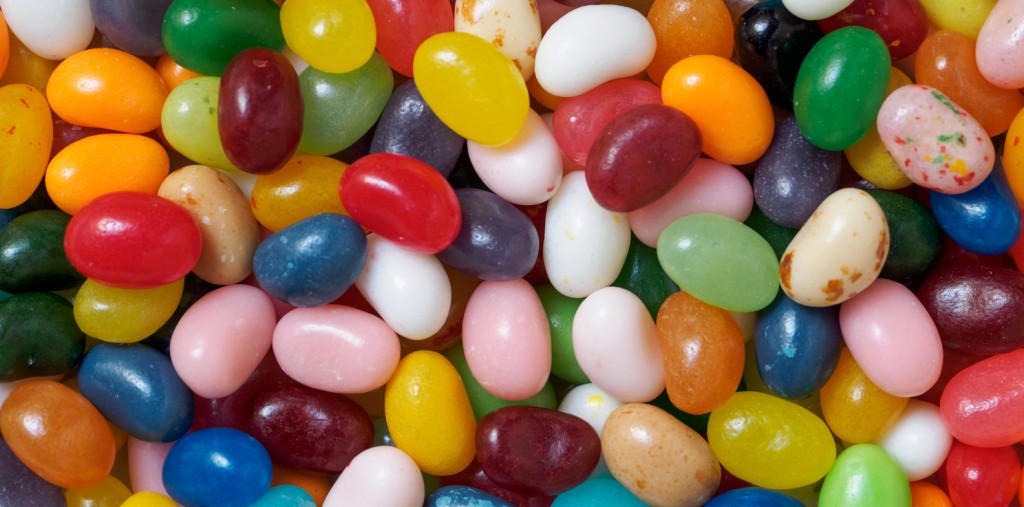Uncle John knows pretty much everything—and if he doesn’t, he heads his massive research library, or puts one of his many associates on the case. So go ahead: In the comments below, ask Uncle John anything. (And if we answer your question sometime, we’ll send you a free book!)
Why do some imitation flavors, particularly banana, taste nothing like the real thing?
All banana-flavored things—taste the same. All watermelon candies taste the same as each other. But they don’t, respectively, taste anything like actual bananas or actual watermelons. And this seems to be a widely accepted notion. But with all of the technology we have today, particularly in food science, how come some artificial flavors don’t taste anything like the thing they’re supposed to taste like?
It comes down to oil. Many flavors were originally derived from naturally occurring oils. Packaged coconut cakes could taste like real coconut because they were made with coconut oil, or orange oil could be used to make very-orangey orange candies. But as food science developed, it became cheaper to re-create those oils in a lab by breaking them down into their chemical counterparts, synthesizing them, and reproducing them in massive, shelf-stable quantities. (Commonly used chemical ingredients in flavors include citric acid and isoamyl acetate.)
The process is a lot trickier with fruits that don’t provide oil. There’s no such thing as banana oil, for example. (In fact, in the early 20th century, “that’s a bunch of banana oil” was a slang term that meant “what a load of b.s.!”) Food scientists had to approximate the flavors of the fruit—or the suggestion of them—as best they could. But oddly enough, early banana flavorings did nail the real taste of banana. We just wouldn’t know. Currently, the kind of bananas available in stores almost universally is the Cavendish variety. Before that kind was cultivated, the most popular (and equally universally sold) variety was Gros Michael, until it was almost completely eradicated by plant-based diseases. It’s now obscure and grown in small quantities in a few tropical climates. And if you ate one, you’d find that it reportedly tastes a lot like artificially-banana-flavored candy.









